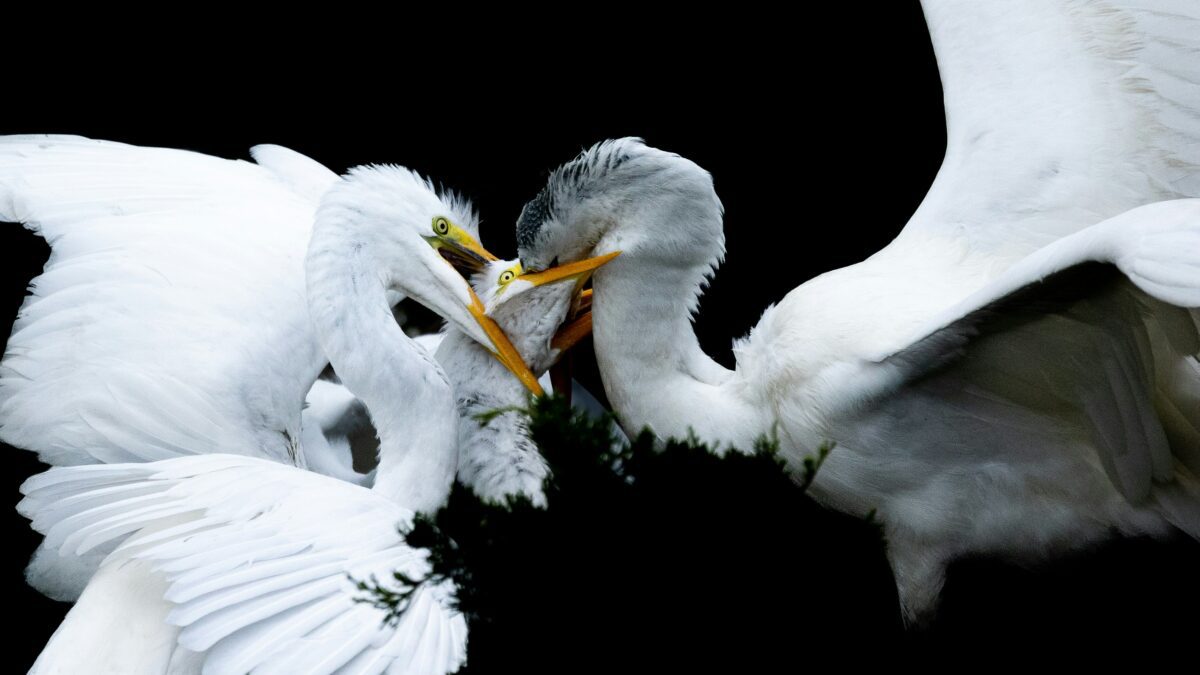Introduction to Animal Behavior
Welcome to a wild and wonderful journey into the fascinating world of animal behavior! From the intriguing instincts that drive their actions to the intricate social dynamics they navigate, animals never fail to astonish us with their unique behaviors. Join us as we delve into the depths of the animal kingdom and explore the captivating ways in which our furry, feathered, and scaly friends interact with each other and their environments. Get ready for a wild ride filled with surprises, learning opportunities, and a whole lot of awe-inspiring moments!
The Role of Instinct in Animal Behavior
Instinct plays a vital role in shaping the behavior of animals across the vast spectrum of species. It serves as a powerful internal compass guiding them through various aspects of their lives. From hunting for food to building shelters, instincts are deeply ingrained within them, driving their actions without conscious thought.
These innate behaviors are honed over generations through natural selection, ensuring the survival and reproduction of individuals within a species. Instincts often dictate responses to threats or opportunities in the environment, allowing animals to react swiftly and effectively.
Whether it’s the migration patterns of birds or the intricate web-spinning abilities of spiders, instinctual behaviors showcase the remarkable adaptability and resilience found in nature. Understanding these instinct-driven actions provides insight into how animals navigate their world with precision and purpose.
Social Behaviors Among Animals
Social behaviors among animals provide a fascinating glimpse into the intricate relationships that exist in the animal kingdom. From complex hierarchies to cooperative hunting strategies, animals exhibit a wide range of social interactions.
Some species, like lions and wolves, form tight-knit family units where individuals work together to ensure survival. Communication through vocalizations and body language plays a crucial role in maintaining cohesion within these groups.
In contrast, other animals, such as bees and ants, live in highly organized colonies with specific roles assigned to each member. The division of labor ensures the efficient functioning of the group as a whole.
Animals also engage in social grooming rituals to strengthen bonds and establish hierarchy within their groups. These grooming sessions not only help maintain hygiene but also serve as a form of bonding among individuals.
Social behaviors among animals highlight the complexity and diversity present in nature’s intricate web of life.
Unique Adaptations and Survival Strategies in the Animal Kingdom
From the magnificent camouflage of a chameleon to the incredible mimicry skills of the octopus, animals have developed remarkable adaptations and survival strategies throughout evolution.
The astounding ability of certain species to change their appearance to blend seamlessly into their surroundings is truly mind-blowing. Insects like stick insects that resemble twigs or leaves are nature’s masters of disguise.
Animals like the armadillo have evolved tough armor-like shells for protection against predators, while others, such as cheetahs, rely on lightning-fast speed to outrun their prey. The diversity in these strategies showcases the endless creativity and resourcefulness found in nature.
Whether it’s the extraordinary resilience of desert creatures storing water efficiently or the symbiotic relationships between different species for mutual benefit, there is an abundance of unique adaptations in the animal kingdom waiting to be discovered and admired by us all.
Intelligence and Learning in Animals
Have you ever wondered about the intelligence and learning abilities of animals? It’s truly fascinating to explore how different species showcase their cognitive skills in various ways. From problem-solving to memory retention, animals exhibit remarkable behaviors that highlight their adaptability and cleverness.
Some animals, like dolphins and chimpanzees, have been known to use tools for tasks such as obtaining food or creating shelter. This showcases a level of intelligence that goes beyond mere instinctual behavior. Observing these creatures in action can be both enlightening and awe-inspiring.
Learning through experience is another key aspect of animal intelligence. Many species demonstrate the ability to adapt their behaviors based on past encounters with predators or challenges in their environment. This adaptive learning process helps them survive and thrive in their natural habitats.
Delving into the realm of animal intelligence opens up a world of wonder and admiration for the diverse ways in which creatures navigate their surroundings with skill and cunning prowess.
Understanding Communication in the Animal World
Communication in the animal world is a fascinating topic that showcases the diverse ways different species interact. From intricate bird songs to complex whale calls, animals have developed unique methods to convey messages. Some animals use visual cues like body language and facial expressions to communicate with each other.
Insects release pheromones, chemical substances that trigger specific responses in others of the same species. Elephants can communicate through low-frequency rumbles that travel long distances, allowing them to stay connected even when separated. Dolphins are known for their advanced echolocation abilities, using sound waves to navigate and locate prey underwater.
Animals also rely on vocalizations such as barks, chirps, roars, and growls to express emotions and establish dominance within their social groups. Understanding these forms of communication sheds light on the complex relationships and hierarchies present in the animal kingdom.
The Relationships Between Humans and Animals
The relationships between humans and animals are diverse and fascinating. Across cultures and throughout history, animals have played significant roles in human lives. From domestic pets providing companionship to working animals aiding in tasks such as farming or transportation, the bond between humans and animals is profound.
Through conservation efforts, humans strive to protect endangered species and preserve habitats for wildlife. This mutual relationship highlights the interconnectedness of all living beings on our planet.
Animals also inspire creativity and artistry in humans, with many artists drawing inspiration from the beauty of the natural world. The emotional connection that people feel towards animals often transcends language barriers, showcasing a universal appreciation for these remarkable creatures.
As we continue to learn more about animal behavior and communication, our understanding of their significance in our lives deepens. The intricate web of relationships between humans and animals serves as a reminder of the importance of coexisting harmoniously with all species on Earth.
The Beauty and Complexity of Animal Behavior
The beauty and complexity of animal behavior never cease to amaze us. From the intricate social structures to the unique adaptations for survival, animals constantly remind us of the wonders of the natural world. Observing their intelligence, communication skills, and relationships with humans provides a deeper understanding of our interconnectedness with all living beings on this planet.
Next time you encounter an animal in the wild or even your own pet at home, take a moment to appreciate the fascinating behaviors they exhibit. By learning more about animals and their behaviors, we not only gain insight into their world but also cultivate a greater respect and appreciation for all creatures that share our Earth. Let’s continue to explore, learn from, and protect these incredible beings that make our world so diverse and beautiful.
























